
It’s that time of year – Christmas parties, New Year’s Eve, the Super Bowl, followed quickly by St. Patrick’s Day. It’s a busy time for restaurants, and it’s also a time when Restaurant Insurance is more crucial than ever! And if you serve alcohol, Liquor Liability Insurance should be part of your insurance portfolio, especially if your business operates in one of the thirty-five states with dram shop liability statutes – such as Pennsylvania, New York, and New Jersey.
What is the Dram Shop Liability Statue?
“Every day, 29 people in the United States die in motor vehicle crashes that involve an alcohol-impaired driver,” according to the Centers for Disease Control and Prevention (CDC). “This is one death every 50 minutes. The annual cost of alcohol-related crashes totals more than $44 billion.”
In an attempt to prevent drunk drivers from hitting the roads, many states have increased DUI penalties, raised sales taxes on beer and liquor, and/or tried lowering the legal drinking age. Thirty-five states and the District of Columbia have also instituted dram shop liability laws that allow individuals who are hurt by drunk drivers to sue the bar or restaurant that served the alcohol to the drunk driver.
Justice Guardians describe Pennsylvania’s dram shop liquor liability as follows: “Under the state’s Liquor Code, any licensed establishment that sells alcohol to a visibly intoxicated patron can be held liable for injuries caused by that patron after they leave the premises.” Those injuries can be caused by fights, falls, car accidents, etc. Justice Guardian also states, “Courts in the state [PA] have almost unanimously considered this liability to be ‘negligence per se.’ That means victims probably won’t have to prove the vendor was negligent in any way other than serving alcohol to a visibly-intoxicated patron.”
How Can You Lower Liquor Liability?
Prepare for larger crowds
If you expect larger than normal crowds – like on Superbowl Sunday – have extra servers and bartenders working to help track alcohol consumption and consider hiring security to control unruly or intoxicated customers.
Establish a Policy Regarding Liquor Service
Have a written policy that clearly states you have zero tolerance for serving minors and directions on how and when to refuse service. You should also have an incident reporting system in place.
Be Prepared to Refuse Service
Your servers have the right to refuse alcohol to anyone who appears intoxicated. And yes, we realize that the more drinks you sell, the more you make, but is it worth the hassle of a lawsuit or a hit to your restaurant or bar’s reputation?
Card Everyone
If caught serving alcohol to minors, you will lose your liquor license, so ensure that your servers card everyone.
Train Your Staff
Staff should know and understand your liquor service policy, know how to measure alcohol correctly, so they don’t over-serve a customer, and be able to identify the signs of intoxication.
Provide Water
Medical News Today states, “When a person hydrates by drinking plenty of water, it can give their liver time to metabolize the alcohol in their body, as well as spacing out the alcoholic drinks they consume.” Therefore, providing water, even if they don’t ask, can help minimize the risk of intoxication.
Serve Food
Medical News Today also states that eating before drinking can slow the processing of alcohol, and eating while drinking may help customers drink slower. You may consider keeping pretzels or chips out for customers to snack on or offering discounted food specials.
Provide Alternative Transportation
You never want to let an intoxicated person behind the wheel of a car. At the very least, you can display the phone numbers of transportation services available or try to partner with Lyft or Uber to offer discount rides. You may even want to call a taxi for an intoxicated customer. It’s a small price to pay for the safety of your customers and the public (not to mention the cost of a lawsuit).
Purchase Liquor Liability Insurance
Suppose, despite all of your best efforts, you get sued for serving alcohol to someone who has caused damage or injury. In that case, Liquor Liability Insurance is your safety net (and may be required by your state or financial institution if you serve alcohol). Liquor Liability Insurance typically covers legal costs, settlements or judgments, repair costs, and medical bills.
How to Save on Liquor Liability Insurance
The agents at American Insuring Group specialize in Restaurant Insurance, so they understand your unique challenges and can help protect your business with the right insurance coverage. As independent agents, we compare rates among multiple insurance carriers to ensure you pay the lowest premium for Liquor Liability Insurance and all your commercial insurance needs.
Contact us today at (800) 947-1270 or (610) 775-3848, or connect with us online.




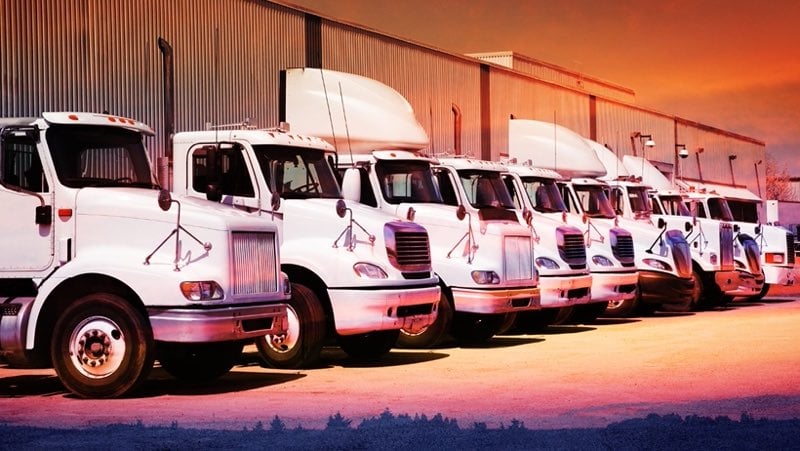
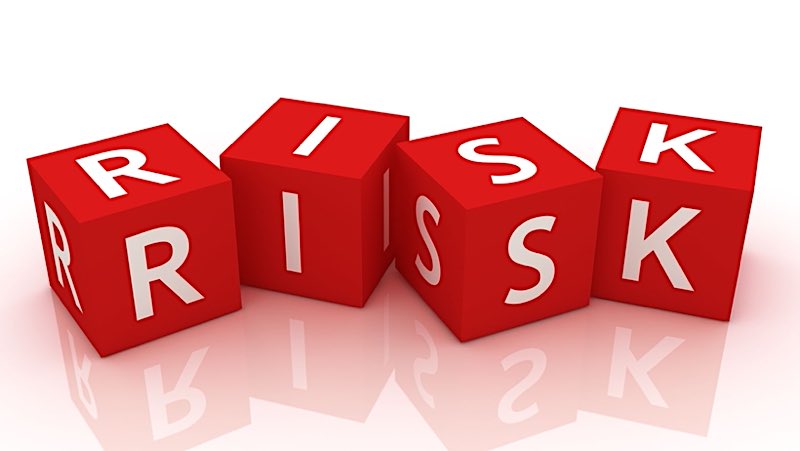 One of the best ways to lower your
One of the best ways to lower your 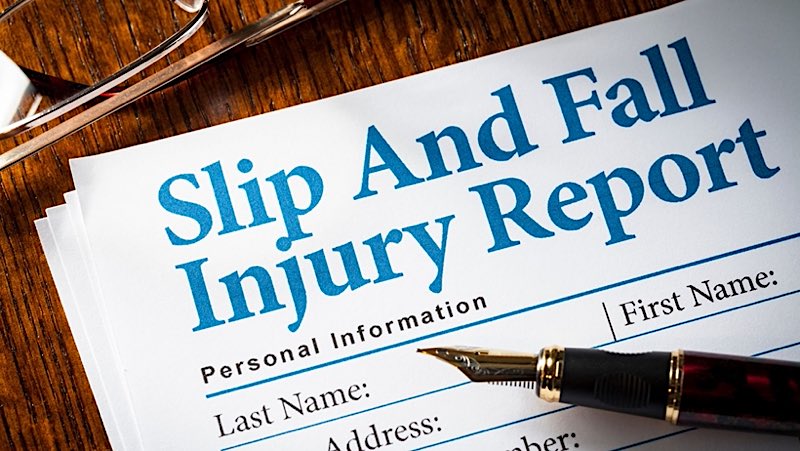 Injuries within your restaurant can significantly increase the cost of
Injuries within your restaurant can significantly increase the cost of 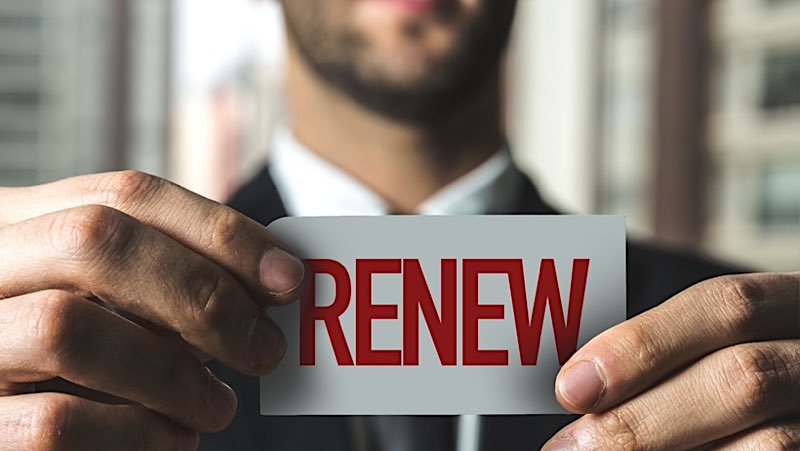 In most states, including
In most states, including 
 Have you ever thought about why you purchased
Have you ever thought about why you purchased  Creating a safe workplace helps protect your business, maintain a good reputation, and lower the cost of
Creating a safe workplace helps protect your business, maintain a good reputation, and lower the cost of 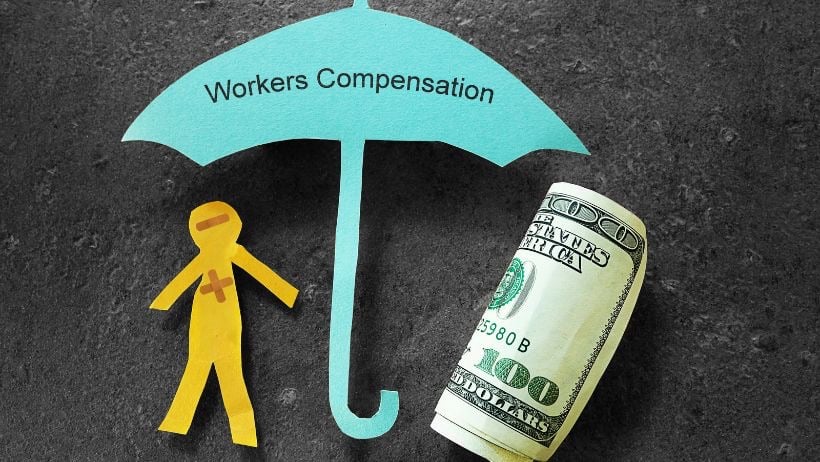 Most states – including Pennsylvania – require nearly all employers to carry
Most states – including Pennsylvania – require nearly all employers to carry 



